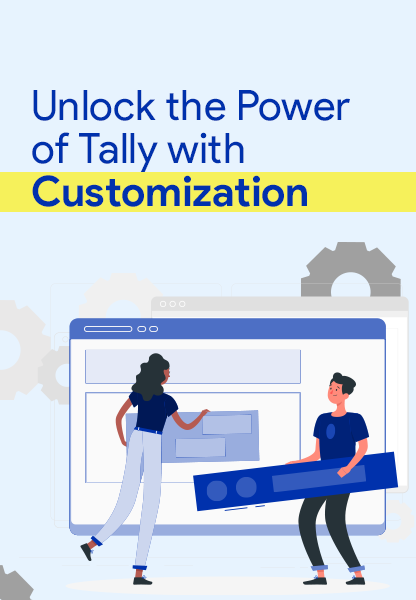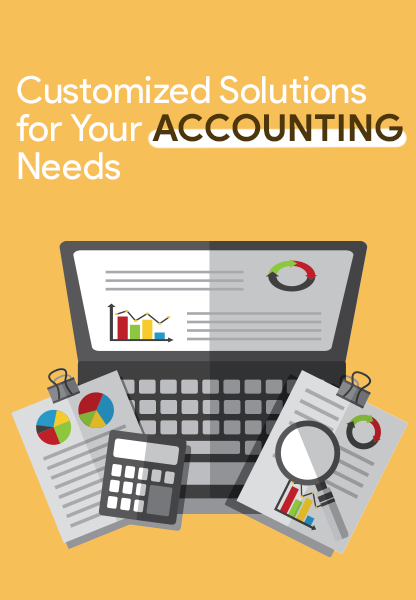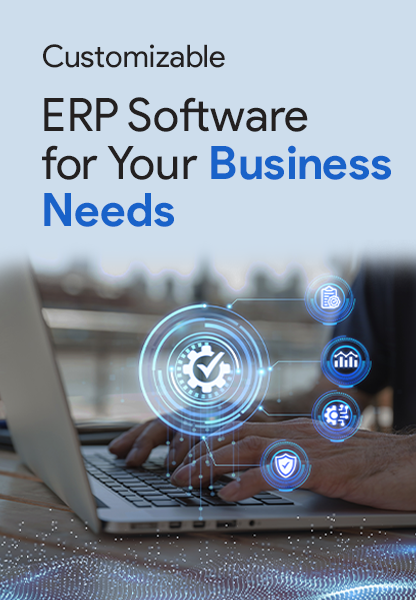
Accounts Payable Best Practices with accounting software
By implementing accounts payable (AP) automation or accounting software along with adhering to effective AP best practices, your team can reclaim the hours currently spent on laborious manual data entry. No longer will you waste precious time tracking the status of individual transactions; all the relevant information is readily available on your dashboard, guided by automated workflow rules.
Consequently, businesses that embrace accounting software observe increased process velocity and reduced error rates. Furthermore, enhanced transparency serves as a safeguard against fraudulent activities.
What is Accounts Payable Automation?
Accounts payable automation, often referred to as AP automation, comprises tools and procedures designed to automate the manual elements of accounts payable processing. Instead of relying on a finance team member to input data manually, the entire process occurs digitally, commencing with the handling of invoices and purchase orders. AP automation not only saves time and money but also safeguards your business from costly errors. It is essential, however, to combine the software with efficient processes.
What is Accounting Software?
Accounting software facilitates the automation of routine vendor invoice tasks, resulting in more secure, efficient, and cost-effective AP processes. In essence, accounting software plays a pivotal role in accounts payable automation, with common applications including paperless document management, invoice processing, purchase order matching, and payment reconciliation.
While traditional accounts payable teams contend with overheads, manual data entry, and inefficiencies, AP automation, also known as accounting software, streamlines the entire accounts payable cycle. This allows teams to expand operations without hiring more staff. It provides better insight into financial data. Also, it speeds up the financial closing process by up to 25%.
In comparison to accounts payable outsourcing, accounts payable software offers a more economical, versatile, and user-friendly solution.
Here are the top 5 essential best practices for managing accounts payable:
Embrace Paperless Operations:
Transitioning to a paperless approach can significantly benefit your accounts payable (AP) team by reducing the risk of delayed payments, saving time, and cutting costs. Despite this, approximately 33% of AP departments still rely on paper invoices, which are time-consuming, susceptible to getting lost in the paper trail, and financially burdensome. Paper invoices entail not only the cost of paper but also additional full-time equivalent (FTE) staff and time for processing. Opting for electronic or touchless invoice processing empowers AP teams to introduce a degree of automation, thereby reducing manual workload and enhancing overall AP efficiency. For further insights on going paperless, explore Emerald Software's accounting software.
Prompt Entry of New Invoices:
Initiate the invoice processing cycle on the right foot by entering newly received invoices into the system on the same day they arrive. This practice ensures that no incoming invoices are lost and provides a more accurate overview of the current workload in the accounts payable department. With a robust accounting software system in place, the primary manual task involved in supporting this AP automation best practice is scanning paper invoices. Digital invoices can automatically integrate into the system once you've collaborated with your software provider to implement AP automation.
Centralize Information Management:
To maintain control over incoming invoices, it is imperative to capture and manage all information in a centralized location. Invoice receipt, data extraction, and validation should not occur in disparate locations. This holds true for AP departments that still handle paper invoices manually, as well as those that have embraced digitization. The process becomes much more efficient when utilizing accounting software or accounts payable software for managing AP operations. Even if individuals responsible for various tasks are not physically located in the same place, accounting or comprehensive ERP software facilitates the centralization of all accounts payable processes. This simplifies the enforcement of company policies and streamlines the entire accounts payable workflow.
Simplify the Accounts Payable Process
Efficient workflows play a pivotal role in reducing delays and ensuring accurate payment processing. Businesses can enhance visibility, minimize manual errors, and foster collaboration across various departments by streamlining the accounts payable process. This often involves:
- Automation: The implementation of automation software or accounting solutions to oversee invoices, approvals, and payment scheduling.
- Standardization: The creation of uniform procedures for invoice submission, approval, and payment processing.
- Collaboration: Encouraging regular communication between procurement, finance, and vendor management teams.
Prevent Accounts Payable Fraud and Duplicate Payments
Accounts Payable fraud poses a persistent threat with potentially devastating financial consequences. It is vital to take effective measures to prevent fraud and avoid duplicate payments, such as:
- AI-Powered Fraud Detection: Utilizing artificial intelligence and analytics to identify patterns that may indicate fraudulent activity or duplicate payments.
- Regular Audits: Conduct routine audits to verify the accuracy of payments and ensure they align with contract terms.
- Security Measures: Incorporating security protocols like secure access control, two-factor authentication, and periodic access audits.
Explore Discounts
Exploring opportunities for discounts can lead to significant cost savings, particularly through:
- Negotiating Payment Terms: Engaging in discussions with vendors to establish payment conditions that offer incentives for prompt payments.
- Utilizing Technology: Employing software to identify and automatically capture available discounts.
- Dynamic Discounting: Keeping track of vendor-specific discount programs and enrolling as needed by monitoring vendor initiatives.
Enhance Vendor Relationships
Effective management of accounts payable relies on strong vendor relationships, a pivotal component of the process. Trust, understanding, and collaboration foster more favorable terms and smoother transactions. This can be achieved by:
- Communication Channels: Establishing regular communication channels to discuss expectations, performance, and feedback.
- Transparent Conduct: Embracing transparency by sharing relevant information and being forthright about payment terms.
- Vendor Performance Management: Evaluating vendor performance and providing recommendations for ongoing improvement.
Exclusive - Upto 50% Off
The bottom line
Accounts Payable has evolved from being solely a back-office function to playing a strategic role in an organization's financial well-being. By adhering to these best practices for accounts payable, businesses can transform their AP department into a profit center that contributes to growth, efficiency, and the cultivation of strong vendor relationships.
Whether you are an experienced AP professional or a business seeking to enhance your financial operations, these accounts payable best practices offer a significant opportunity to add value to your organization. The combination of technology, negotiation, strategic partnerships, and diligent oversight establishes a solid foundation for a thriving and resilient AP department.
assists businesses of all sizes in managing their accounts with a robust accounting solution. You can also request a free demonstration and consultation before making significant decisions.









